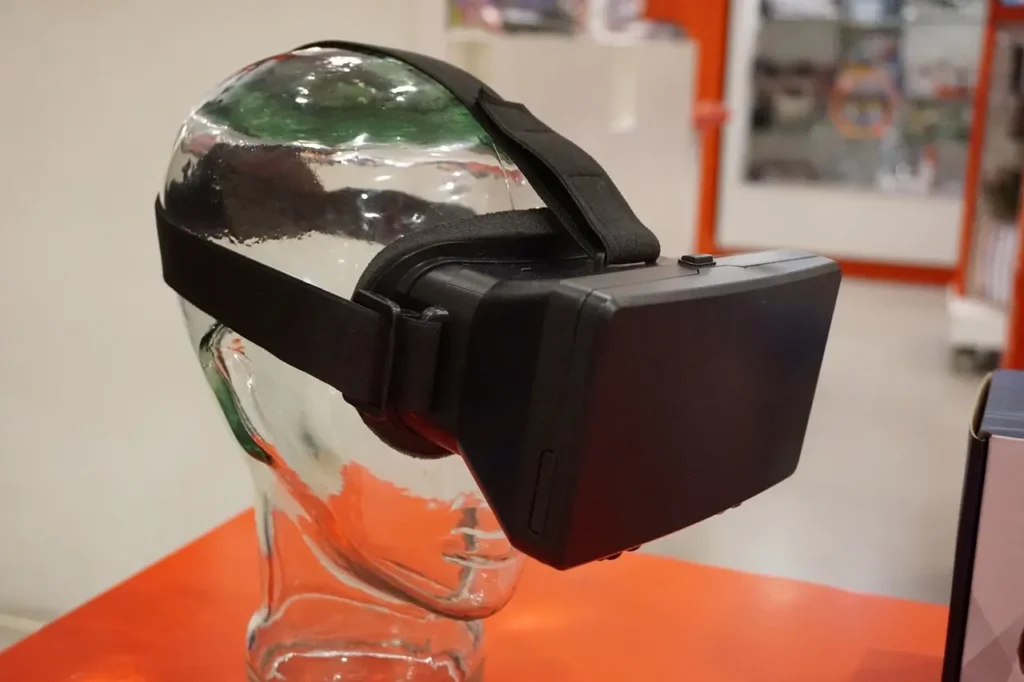How VR is Revolutionizing Industrial Training

Industrial training has traditionally relied on manuals, classroom sessions, and on-the-job shadowing. While these methods have worked, they often struggle with high costs, safety risks, and inconsistent results. In 2025, Virtual Reality (VR) is transforming the way workers learn and prepare for complex industrial environments delivering immersive, safe, and scalable training solutions. Safe Training for High-Risk Environments Industries like oil & gas, mining, aviation, and manufacturing involve hazardous processes where mistakes can be costly or dangerous. VR allows trainees to experience these scenarios in a controlled, risk-free environment. Faster Skill Acquisition and Retention VR-based training engages multiple senses, leading to higher knowledge retention compared to traditional classroom learning. Reducing Costs and Downtime Traditional training often means taking machinery offline or dedicating senior staff to mentorship. VR cuts those costs. Personalized and Scalable Learning Every trainee learns at a different pace. VR platforms capture real-time performance data reaction times, decision accuracy, error frequency allowing for tailored feedback and adaptive learning paths. Preparing for Industry 4.0 Workforces As smart factories adopt robotics, AI, and connected systems, the skill demands on workers are shifting. VR makes it possible to upskill employees quickly in: Final Word VR is no longer a novelty in gaming it’s becoming a cornerstone of industrial training. By combining safety, efficiency, and scalability, VR is helping organizations prepare their workforce for the complexity of Industry 4.0. In 2025, companies that invest in VR training aren’t just cutting costs they’re building more capable, confident, and future-ready teams.
PLC & SCADA: The Most In-Demand Skills for Engineers in 2025

As factories, energy grids, and critical infrastructure accelerate their digital transformation, two skills have emerged as indispensable for engineers in 2025: PLC (Programmable Logic Controllers) and SCADA (Supervisory Control and Data Acquisition). These technologies form the backbone of industrial automation. PLCs handle machine-level control, while SCADA systems provide real-time monitoring, visualization, and decision-making across entire plants. With Industry 4.0 now in full swing, demand for engineers who can master both is at an all-time high. Why PLC Skills Are Vital Programmable Logic Controllers (PLCs) remain the most reliable and flexible tools for controlling industrial equipment. From automotive assembly lines to water treatment plants, PLCs ensure precise, safe, and repeatable operations. Why they’re in demand: The Role of SCADA in Industry 4.0 SCADA systems go beyond machine control to provide real-time monitoring, visualization, and remote management of operations. They are the “nerve centers” of modern industrial environments. Why they’re in demand: Key Skills Engineers Need in 2025 To stay ahead, engineers must go beyond the basics. The most sought-after skills now include: Career Opportunities Engineers with PLC and SCADA expertise are being hired across: Job roles range from Automation Engineer and Controls Engineer to SCADA Specialist and Industrial IoT Architect. Salaries are rising accordingly, with automation engineers commanding premium packages worldwide. Final Word In 2025, PLC and SCADA are no longer niche skills they are core competencies for engineers driving Industry 4.0. Those who master both programming and system integration will not only stay relevant but also lead the next wave of industrial innovation. The future belongs to engineers who can connect machines, people, and data into one seamless ecosystem and PLC & SCADA expertise is the entry point to that future.
